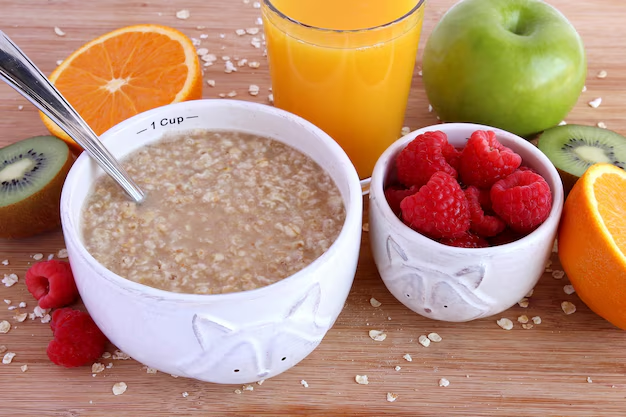Is Oatmeal a Healthy Choice for Diabetics?
For many people managing diabetes, breakfast sets the tone for the day. Among the myriad of breakfast options, oatmeal stands out as a classic choice, beloved for its comfort, nutrition, and versatility. But is oatmeal a good option for those with diabetes? The answer is a nutritious yes—when prepared and consumed correctly.
Nutritional Benefits of Oatmeal
Oatmeal is rich in soluble fiber, particularly β-glucan, which has been shown to help regulate blood sugar levels by slowing the absorption of glucose. This makes it potentially beneficial for those with diabetes. With a low glycemic index (GI), oatmeal can provide a gradual rise in blood sugar compared to other carb-heavy breakfast foods.
Furthermore, oats are a good source of vital nutrients like magnesium, iron, and B-vitamins, and they’re heart-healthy, aiding in cholesterol reduction and offering a wealth of antioxidants.
Crafting Diabetic-Friendly Oatmeal
While oatmeal itself can be a healthy choice, it’s crucial to be mindful of how it is prepared:
Choose Steel-Cut or Old-Fashioned Rolled Oats: These varieties are less processed than instant oats, maintaining a lower GI.
Avoid Additives: Stay clear of pre-packaged flavored oatmeal that often contains added sugars.
Enhance with Protein: Add nuts, Greek yogurt, or a scoop of protein powder to balance the meal.
Incorporate Fruits Wisely: Opt for fresh or frozen berries to add sweetness without spiking blood sugar too much.
Mindful Consumption and Portions
For those with diabetes, portion control is as important as food choice. Sticking to a half-cup serving of dry oats ensures that carb intake remains moderate. It's equally important to monitor any spike in blood sugar to see how your body personally responds to oatmeal.
Financial Considerations for Diabetics
Managing diabetes can be financially overwhelming. Thankfully, there are numerous government aid programs and financial assistance options available. These resources can provide much-needed relief:
Medicaid and Medicare: Offering healthcare coverage that often includes diabetes-related treatments.
Supplemental Nutrition Assistance Program (SNAP): Assists with food security to ensure access to nutritious foods like whole grains and fresh produce.
Low-Income Home Energy Assistance Program (LIHEAP): Helps with utility bills, freeing up funds for medical expenses.
Discovering Educational and Relief Opportunities
Beyond government assistance, other avenues can provide substantial support for individuals with diabetes:
Debt Relief and Credit Counseling: Specialized programs designed to help manage medical debts and budgeting, improving overall financial health.
Educational Grants and Scholarships: Available for those seeking to advance careers or skills, providing a pathway out of financial challenges.
Diabetes Foundations and Non-Profits: Many offer free educational resources and sometimes financial aid for supplies and medications.
For those living with diabetes, understanding both dietary options like oatmeal and available financial safety nets can transform health management from overwhelming to manageable. Taking advantage of these resources ensures you not only can eat smart but also live better.
Helpful Financial Assistance and Educational Resources 📊
- Medicaid and Medicare 🏥: Health coverage for low-income individuals.
- SNAP Benefits 🍎: Financial aid for food purchasing for eligible individuals.
- LIHEAP 💡: Assistance with energy costs for those struggling with bills.
- Government Grants for Education 🎓: Funds aimed at helping adults further their education.
- Nonprofit Debt Counseling 📑: Services to help manage and reduce debt efficiently.
- Community Health Programs 💉: Often provide free diabetes education classes and support groups.
